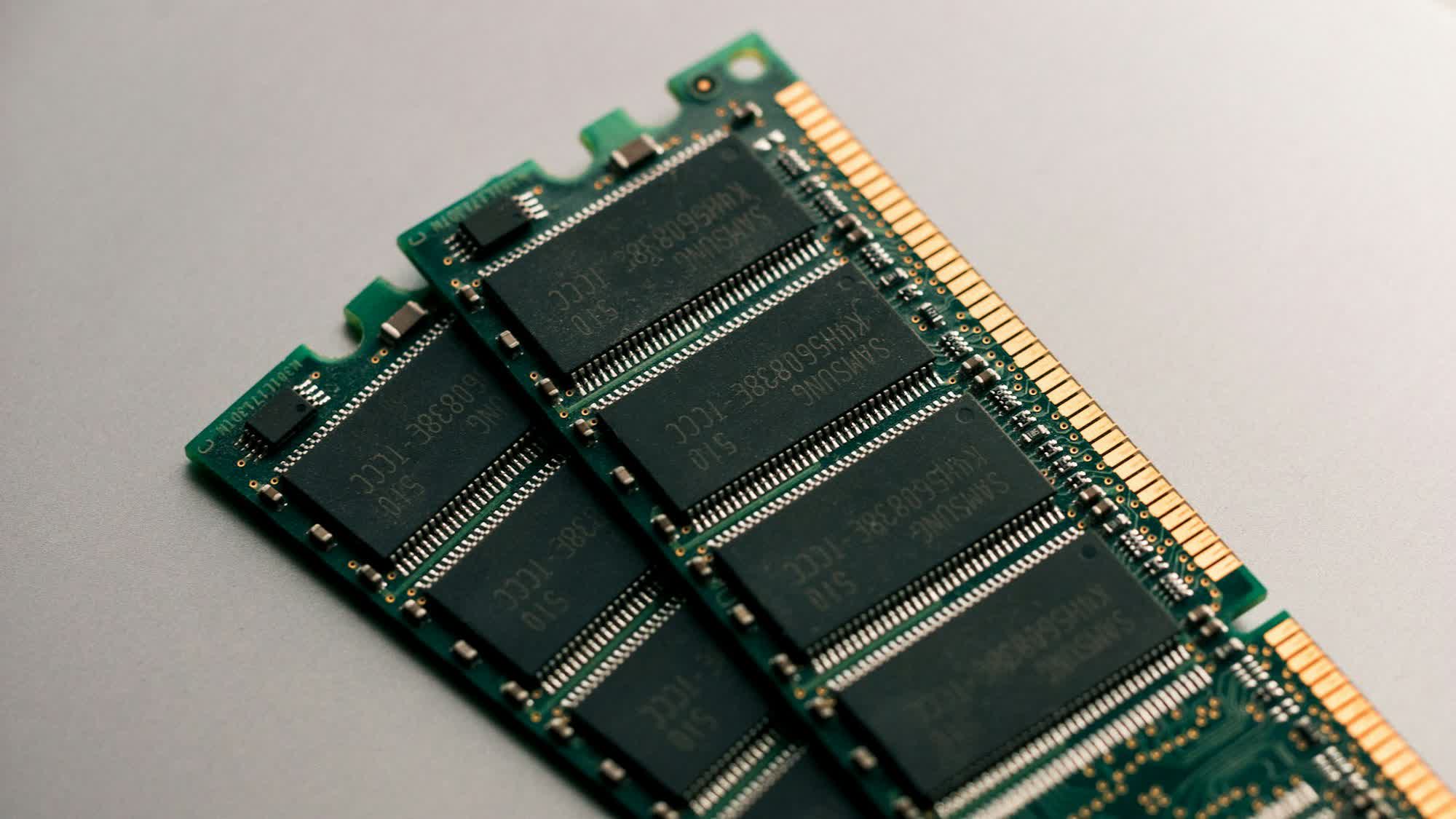The big picture: Persistent memory has long been anticipated to bring a paradigm shift in computing, but it's unlikely to happen anytime soon. In a recent webinar, industry insiders from the Storage Networking Industry Association (SNIA) expressed confidence that the new technology will replace established memory technologies like DRAM, but it might not occur before the end of this decade.
Answering to questions from media and industry watchers, SINA's Arthur Sainio, Tom Coughlin, and Jim Handy said that persistent memory has already matched the speeds achieved by modern DRAM technology, as demonstrated by the hafnium ferroelectrics from SK Hynix and Micron. However, they could not provide a direct answer about which of the emerging memory technologies will eventually replace DRAM in client PCs and servers.
While ferroelectric memory is known for having fast write cycles, there's no guarantee that it will prevail in the end. That's because multiple new memory technologies, such as MRAM, FERAM, and ReRAM, are all competing to replace existing standards like SRAM, NOR flash, and DRAM.

According to the experts, MRAM has a major advantage over its competitors, as its read speeds "will probably rival" DRAM speeds in the near future. New technologies like spin-orbit torque and voltage-controlled magnetic anisotropy are also reducing the write latency for MRAM, making it one of the leading candidates to potentially replace DRAM someday.
However, one major hurdle for transitioning from DRAM to persistent memory is manufacturing cost. While DRAM is relatively cheap to produce, it might be years before persistent memory becomes competitive in terms of its price.
Another problem preventing the adoption of persistent memory is that it currently uses NOR Flash and SRAM interfaces instead of DDR. That, however, could change in the future, as "there's nothing innate about any memory technology that couples it tightly with any kind of a bus."
Persistent memory, as its name suggests, can retain content even without power, making it a huge asset in certain applications. However, the experts believe that despite its obvious benefits, there are many roadblocks towards its widespread adoption in the near future. As things stand now, we may not transition to the new technology before the early 2030s, "but it could be much later than that."
